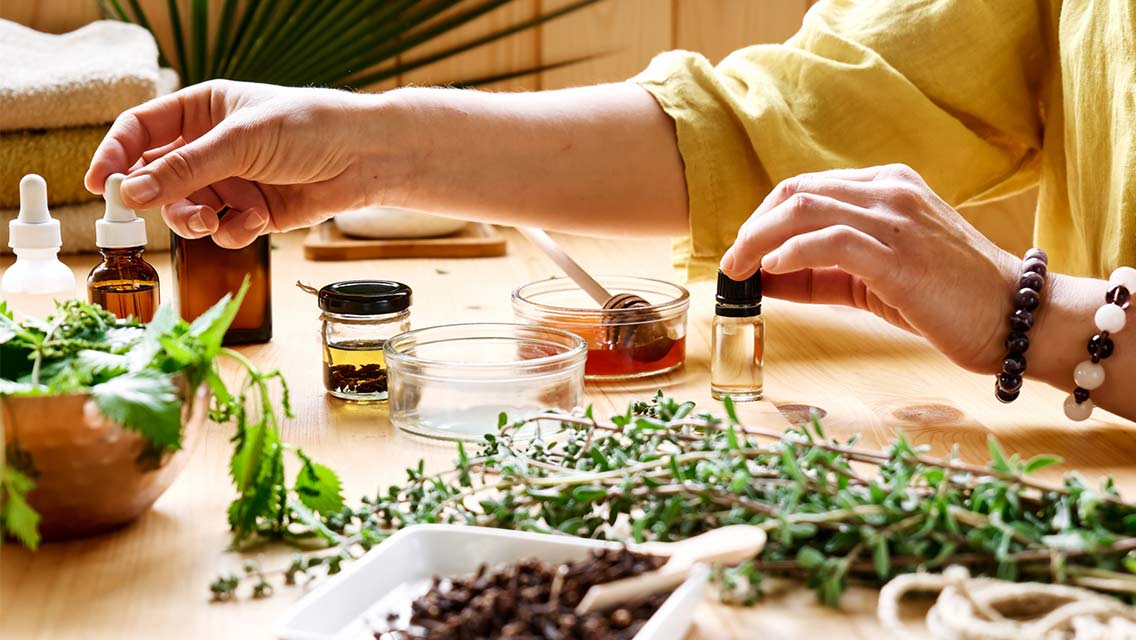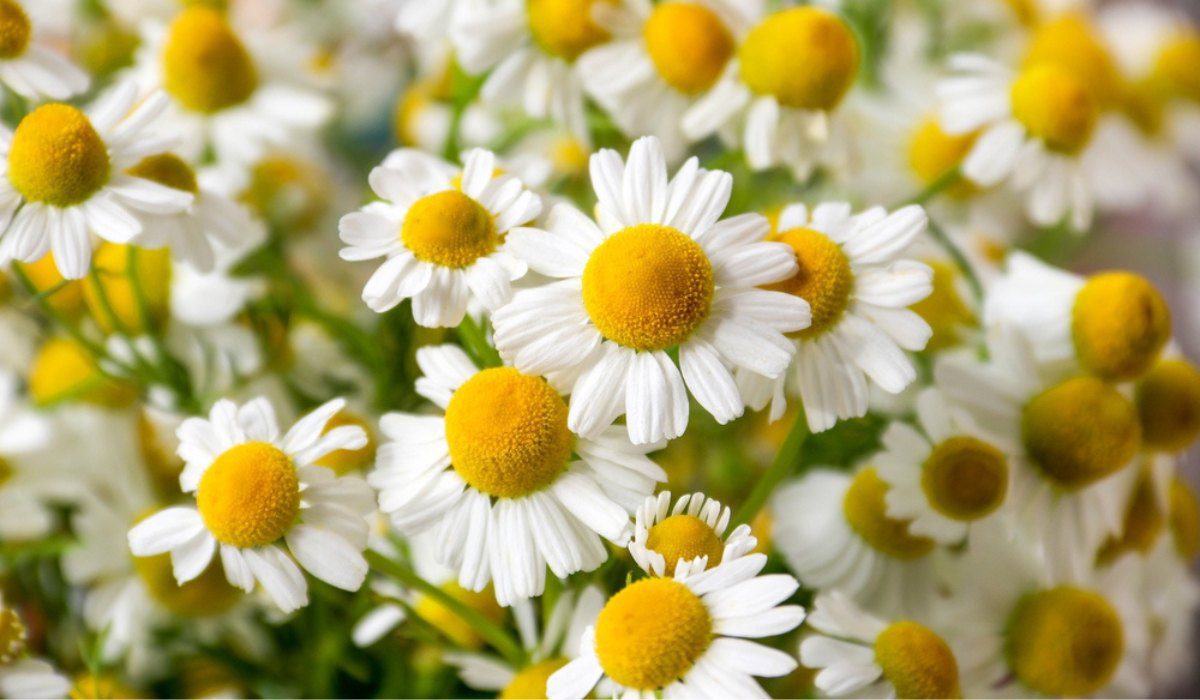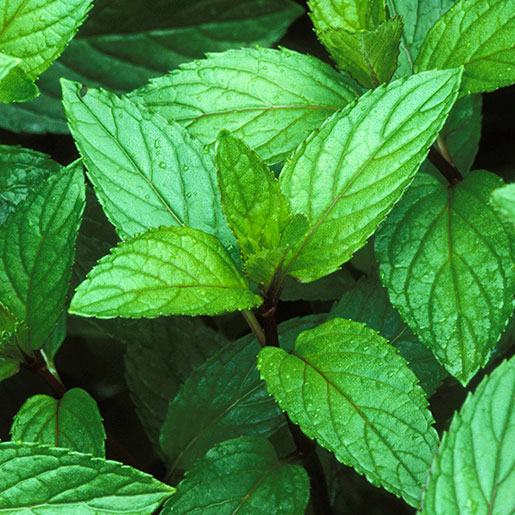DIY Herbal Remedies: Natural Solutions for Common Ailments
In an era where we often reach for pharmaceuticals at the first sign of discomfort, the ancient practice of using herbs for healing might seem quaint or even outdated. Yet, as we become more conscious of what we put into our bodies, there's a growing interest in natural remedies. Welcome to the fascinating world of DIY herbal remedies—nature's own pharmacy, offering solutions for common ailments from your garden or kitchen.
What Are DIY Herbal Remedies?
DIY herbal remedies involve using plant-based substances to treat various health issues. These remedies are typically prepared at home, using herbs and other natural ingredients. The essence of this practice is simplicity, self-reliance, and a deep connection with nature. Unlike synthetic medications, herbal remedies often have fewer side effects and can provide holistic benefits, supporting overall well-being.
The History and Relevance of Herbal Remedies
Herbal medicine is one of the oldest forms of healthcare, dating back thousands of years. Ancient civilizations like the Egyptians, Greeks, Chinese, and Indians developed extensive knowledge about the medicinal properties of plants. This wisdom has been passed down through generations and remains relevant today as people seek natural alternatives to synthetic drugs.
In modern times, the relevance of DIY herbal remedies has surged due to several factors:
1. Health Consciousness:
People are increasingly aware of the potential side effects of pharmaceutical drugs and are looking for natural ways to maintain health.
2. Sustainability:
Herbal remedies often involve sustainable practices, such as growing your own herbs, which can reduce your carbon footprint.
3. Cost-Effectiveness:
Many herbal remedies are inexpensive compared to over-the-counter medications.
4. Empowerment:
Making your own remedies can be empowering, giving you control over your health and wellness.
Getting Started: Essential Herbs and Their Uses
Let's dive into some common herbs and their uses, which you can easily incorporate into your DIY herbal remedies.
1. Chamomile
Uses: Chamomile is renowned for its calming effects and is often used to treat insomnia, anxiety, and digestive issues. A simple chamomile tea can soothe nerves and aid digestion.
DIY Recipe: To make chamomile tea, steep one tablespoon of dried chamomile flowers in a cup of hot water for about 10 minutes. Strain and enjoy before bedtime.
2. Peppermint
Uses: Peppermint relieves headaches, muscle pain, and digestive problems. Its menthol content provides a cooling sensation and can help relax muscles.
DIY Recipe: For a refreshing peppermint tea, steep a handful of fresh peppermint leaves in boiling water for 5-10 minutes. Strain and sip slowly.
3. Ginger
Uses: Ginger is a powerful anti-inflammatory and antioxidant. It is excellent for treating nausea, indigestion, and cold symptoms.
DIY Recipe: Make a ginger infusion by boiling a few slices of fresh ginger root in water for 10-15 minutes. Add honey and lemon for extra flavour and benefits.
4. Lavender
Uses: Lavender is known for its soothing properties and can be used to alleviate anxiety, insomnia, and skin irritations.
DIY Recipe: Create a relaxing lavender bath by adding a few drops of lavender essential oil to your bathwater. Alternatively, make a lavender sachet to place under your pillow for a restful night's sleep.
5. Echinacea
Uses: Echinacea is often used to boost the immune system and combat colds and infections.
DIY Recipe: To prepare echinacea tea, steep one teaspoon of dried echinacea root in hot water for about 15 minutes. Drink at the first sign of a cold to help speed up recovery.
Crafting Your Own Herbal Remedies
Creating your own herbal remedies can be a rewarding experience. Here are a few simple steps to get you started:
1. Identify Your Needs:
Determine which ailments you want to address and choose the appropriate herbs.
2. Gather Supplies:
Depending on the remedy, you may need fresh or dried herbs, essential oils, carrier oils (like coconut or olive oil), beeswax, and containers.
3. Follow Recipes:
Use reliable sources or herbal remedy books for recipes. Ensure you follow the instructions carefully to achieve the desired results.
4. Experiment and Adjust:
Feel free to experiment with different herbs and combinations. Keep a journal to track what works best for you.
5. Store Properly:
Store your homemade remedies in a cool, dark place to maintain their potency.
Anecdotes and Real-Life Examples
To make this journey more relatable, let’s share a couple of real-life examples.
Anna's Story: From Sleepless Nights to Sweet Dreams
Anna, a busy mother of two, struggled with insomnia for years. Frustrated with over-the-counter sleep aids that left her groggy, she turned to herbal remedies. She started drinking chamomile tea an hour before bedtime and added a lavender sachet under her pillow. Within a week, Anna noticed a significant improvement in her sleep quality. Now, she swears by her nightly ritual and enjoys restful, rejuvenating sleep.
Mike's Battle with Cold and Flu
Mike, a teacher, was prone to frequent colds, especially during the school year. Tired of constant trips to the pharmacy, he decided to try a natural approach. He began taking echinacea tea at the first sign of a cold and added ginger and honey to his diet. Not only did Mike's colds become less frequent, but his overall energy levels improved. He now advocates for herbal remedies among his colleagues.
The Science Behind Herbal Remedies
While anecdotes are compelling, it’s essential to understand that many herbal remedies are backed by scientific research. For instance:
1. Chamomile: Studies have shown that chamomile can reduce symptoms of anxiety and improve sleep quality.
2. Peppermint: Research indicates that peppermint oil can effectively relieve tension headaches and improve digestion.
3. Ginger: Numerous studies have confirmed ginger's anti-inflammatory properties and its effectiveness in reducing nausea.
4. Lavender: Lavender has been found to have anxiolytic (anxiety-reducing) effects in clinical trials.
5. Echinacea: There is evidence that echinacea can boost the immune system and reduce the duration of colds.
Safety Considerations
While herbal remedies are generally safe, it's important to take certain precautions:
1. Consult with a Healthcare Provider: Especially if you are pregnant, nursing, or taking other medications.
2. Use Quality Ingredients: Ensure your herbs are fresh and free from contaminants.
3. Follow Dosage Guidelines: More isn’t always better. Stick to recommended dosages.
4. Watch for Allergies: Some people may be allergic to certain herbs. Start with small amounts to test your tolerance.
Conclusion
The world of DIY herbal remedies offers a natural, empowering, and often effective alternative to conventional medications for common ailments. By incorporating simple herbal practices into your daily routine, you can enhance your well-being and reduce reliance on synthetic drugs. So, why not give it a try? Start small—perhaps with a cup of chamomile tea tonight—and see where this journey into the healing power of nature takes you. Who knows? You might just find that the best remedies are those that come from the earth itself.
Embrace the simplicity, relish the empowerment, and reconnect with the ancient wisdom of herbal medicine. Your body, mind, and spirit will thank you.










Comments
Post a Comment